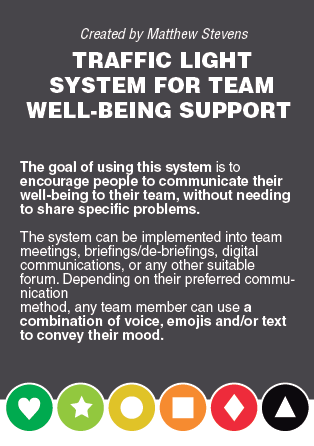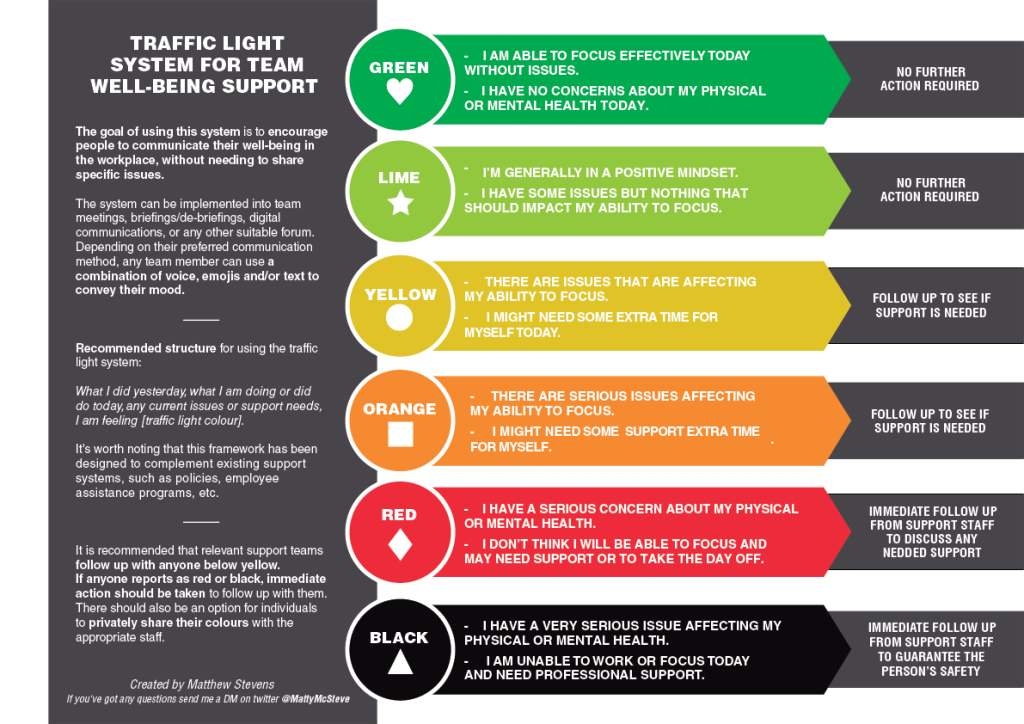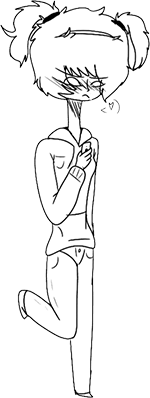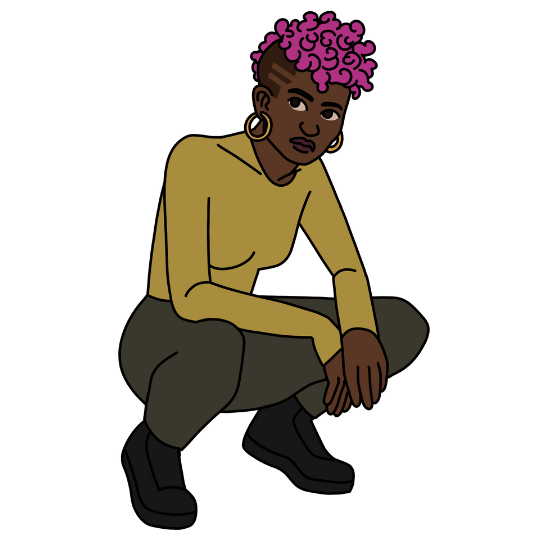The Dev Traffic Light System
Posted: 21 Sep 2023The ‘Dev Traffic Light System’: A mental health tool for the games industry, created by Matthew Stevens
This month, we spoke with Matthew Stevens about a resource he has created for the games industry: the ‘Dev Traffic Light System’ (or DTLS), which is designed to support games industry professionals in having more frequent and honest discussions about mental health.
What is the purpose of the DTLS? How did you come up with the idea?
“The goal is to help foster an environment where people feel comfortable sharing their well-being with their team, and looking at how this might affect their output on that day, while not needing to share specifics.
“I originally came up with the system in my final year of University, when I was responsible for leading a pretty large team. A few teammates struggled to express things that were affecting their work, but felt bad for not communicating it with their peers. So, I created the first draft to help them start sharing, and things evolved from there. I ended up sharing the resource with other teams at the university who also found it very useful, so since then I’ve been working on improving and formalising the system.”

What experience do you have in the games industry?
I’d say my start in the industry came after taking part in Tranzfuser in 2021 with Meteorite Media as the team lead and level designer. Trying to balance running an indie company while doing a Masters was certainly an interesting challenge (aka really stressful haha), but I learned a lot about myself and how I work, which I’ve taken with me into the games scene.
I’ve been in the industry for about 2 years or so – currently I’m working at BetaJester as their in-house producer and one of the team’s mental health first aiders. It’s a really fun company to work for and they really care about supporting the team in any way they can.
How does the DTLS work?
“The Dev Traffic Light System uses colours to create awareness of team members’ mental load and emotional well-being, whether during in-person meetings or online communication. The tool allows managers to understand where their team members are in terms of their well-being, and it suggests supporting action that should be taken according to the team member’s needs.
“The tool was developed to support neurodivergent individuals, but I’ve made adjustments over time with accessibility in mind (for example, using shapes as well as colours).
“It’s important to note that the DTLS should be used alongside existing policies in your team for it to be most effective. Ultimately, creating a safe, healthy work environment will lead to a strong studio culture where people feel comfortable being open with their team.”

What feedback have you received so far?
“A lot of the feedback for the system has been positive! From talking to people who use the DTLS, it helps them figure out in general how they are feeling and they feel a lot less pressure to give a single colour (with the choice to go into detail) rather than explaining why they have had a bad day and if it will affect work. Generally, if someone is feeling in between two colours, I always suggest rounding down as usually people identify more with the lower colour. The colour ‘lime’ was added because people felt that there was too much of a gap between the ‘yellow’ and ‘green’ categories.
“Another good bit of feedback I got was from a chat with Daniel Rosga about how I could bring it into sprint reviews to judge a project’s ‘health’. It could be adapted to see how the previous sprint affected the team: if you’re getting a lot of yellows and lower, it means you probably need to adjust your planning and offer more support to team members.
“I’m really proud of how the system has been developing, which is why I wanted to make it public! I’m currently working on a project called ‘The Indie Mental Health Toolkit’ which will suggest some systems or ideas that can be used alongside the DTLS.“I’m always open to more feedback: if you have any thoughts on how to improve the resource (or can think of processes that would supplement it), please don’t hesitate to contact me via Linkedln or Twitter/X!
“Thank you to Paula Panizzi for supporting with the graphics, and Erica Coaty for helping me write up the explanation piece too!”
What advice do you have for studios who want to better support the well-being of their teams?
“Factor well-being into your production plans and schedules. Talk to the team: see what support could be useful to them. There are a lot of both paid and free options out there for companies to look into and start building support structures.
“I’d definitely recommend getting someone on a team Mental Health First Aid trained if you can, and set up bi-weekly or monthly 1-on-1s to check in with people individually.”
You can download the Dev Traffic Light System here.
Safe In Our World’s #LevelUpMentalHealth programme also offers heaps of free resources and training for games industry employers looking to implement better well-being support in their workplaces. Learn more here.

